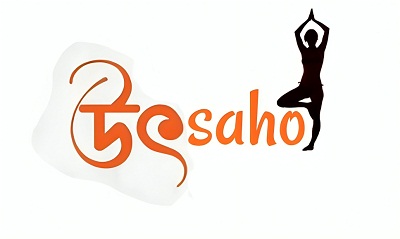Kathmandu
- Answer these questions in one or two words or short phrases:
- Name the two temples the author visited in Kathmandu.
Answer: Pashupatinath Temple and Baudhnath Shrine. - The writer says, “All this I wash down with Coca Cola.” What does ‘all this’ refer to?
Answer: The variety of street food and snacks he ate. - What does Vikram Seth compare to the quills of a porcupine?
The flutes displayed by the flute seller. - Name five kinds of flutes.
Answer: Bansuri, Bamboo flute, Pan flute, Recorder, Piccolo (or other regional types depending on text specifics).
- Answer each question in a short paragraph:
- What difference does the author note between the flute seller and the other hawkers?
Answer: The flute seller is calm and patient, unlike the other hawkers who are noisy and aggressive. He does not push his goods but waits quietly for customers, creating an atmosphere of gentle charm around his flutes. This contrast highlights the flute seller’s unique character among the bustling marketplace crowd. - What is the belief at Pashupatinath about the end of Kaliyug?
Answer: At Pashupatinath, there is a belief that the end of Kaliyug, the dark age, will bring transformation and renewal. It is said that chaos and corruption will end, leading to a new era of righteousness and peace. This belief gives the temple an aura of hope and spiritual significance. - The author has drawn powerful images and pictures. Pick out three examples each of:
(i) The atmosphere of ‘febrile confusion’ outside the temple of Pashupatinath:
-
- People elbowing aside others to get the priest’s attention.
- Crowds jostling in narrow alleys around the temple.
- The mixing of various smells, sounds, and movements creating a chaos.
(ii) The things he sees:
-
- Devotees making offerings of flowers and incense.
- Holy men in saffron robes performing rituals.
- The stone platform crowded with pilgrims and vendors.
(iii) The sounds he hears:
-
- The ringing of temple bells.
- The chanting of mantras.
- The piercing sound of flutes playing.
III. Answer the following questions in not more than 100-150 words each:
- Compare and contrast the atmosphere in and around the Baudhnath shrine with the Pashupatinath temple.
Answer:The Baudhnath shrine exudes a peaceful, meditative atmosphere with pilgrims slowly circling the great stupa, chanting and praying. The environment is calm and orderly, fostering spiritual reflection. In contrast, the area surrounding Pashupatinath temple is chaotic and lively, with crowds pushing, hawkers shouting, and a sense of febrile confusion as people hurry to perform rituals. While Baudhnath is serene and contemplative, Pashupatinath is vibrant and bustling, reflecting different religious moods and practices in Kathmandu. - How does the author describe Kathmandu’s busiest streets?
Answer: The busiest streets in Kathmandu are described as crowded and vigorous, full of rickshaws, cars, pedestrians, and noisy vendors selling various goods. The streets bustle with diverse activities and constant movement, creating an energetic, colorful, and sometimes overwhelming urban scene. - “To hear any flute is to be drawn into the commonality of all mankind.” Why does the author say this?
Answer: The author suggests that the sound of the flute transcends cultural and geographical boundaries, touching a universal emotional chord in humans. Hearing the flute connects people through shared feelings of joy, sorrow, and longing, emphasizing that music is a universal language linking humanity.
Thinking about Language: Phrasal Verbs Matching
Match from Column A to meanings in Column B:
- break out — (a) to come apart due to force
- break off — (b) end a relationship
- break down — (c) mechanical failure or stop working
- break away — (d) escape or separate from
- break up — (b) end a relationship
- break into — (c) break and enter illegally; unlawful entry
